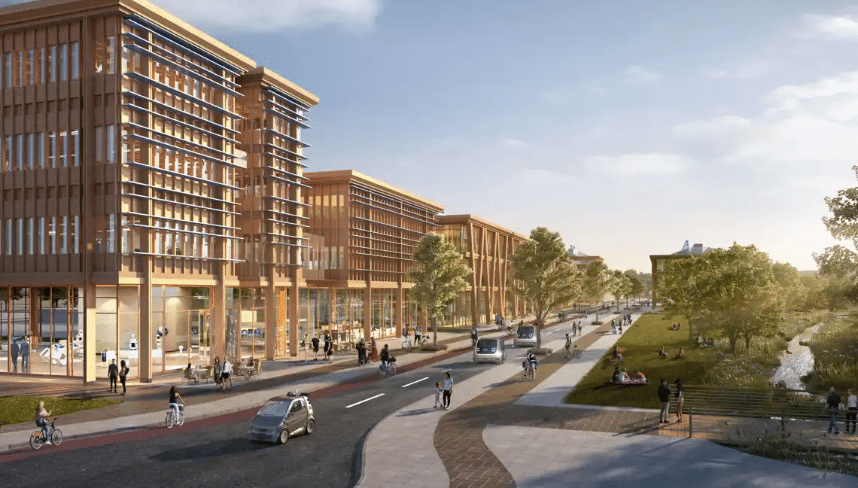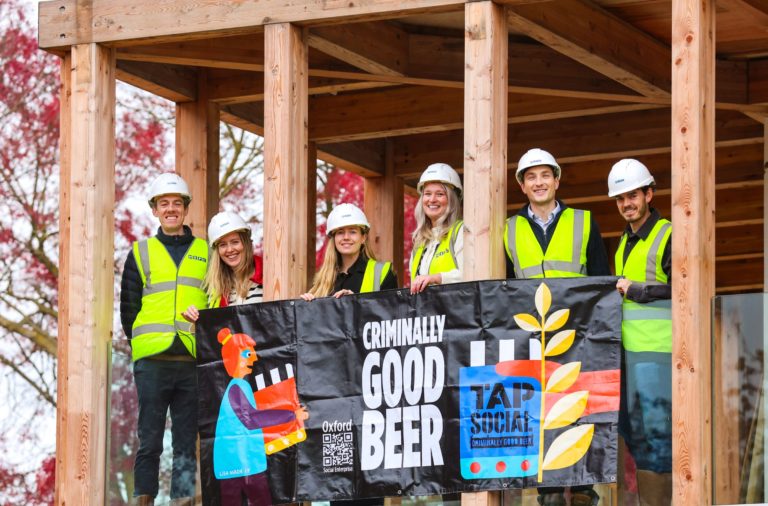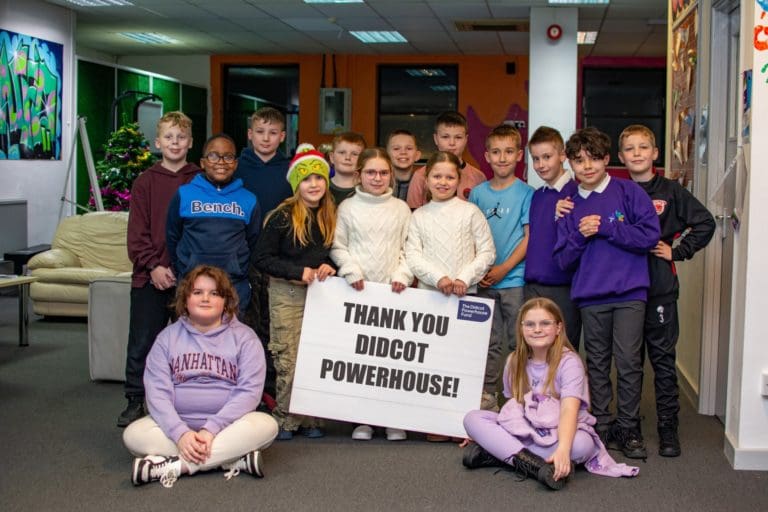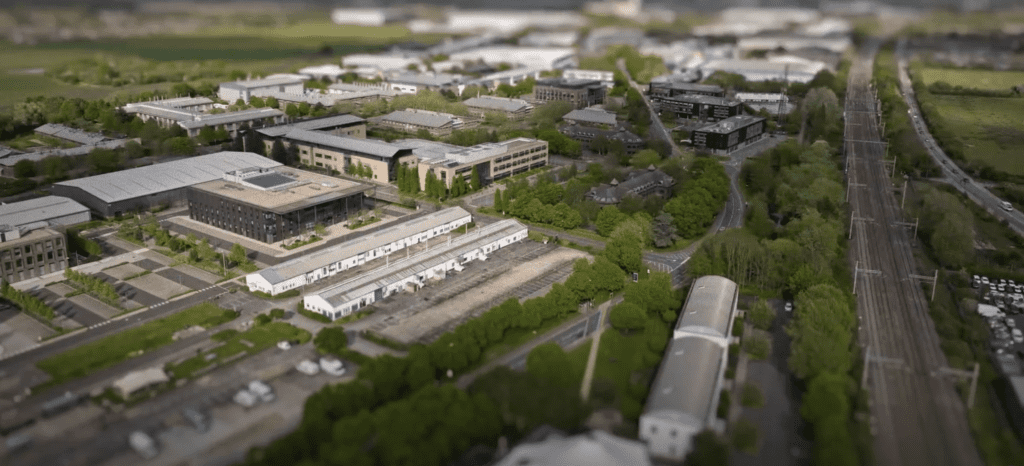
We explore Milton Park’s unicorns companies which started life in wartime buildings
Whether as a critical RAF depot during the world wars, a booming 1970s trading estate, to science and technology Park, or a leading innovation community in 2024, Milton Park’s history is as long as it is varied.
Today, it is home to over 250 companies employing thousands of people in industries ranging from life sciences, cutting edge technology to green energy. Put simply, its occupiers tackle some of society’s most pressing issues.
The last two remaining single-storey wartime buildings, 57 and 59 Jubilee Avenue, will be demolished over the coming weeks. Although no longer usable, the buildings’ involvement in life-changing endeavours over the years has been remarkable. As the saying goes: ‘from small acorns large oaks grow’. In fact, one of the first Milton Park logos featured trees in the design to reflect growth and innovation – see below…

Milton Depot wartime buildings

Ever since the Great Western mainline tracks cut through the parish in the 1840s, linking London and Reading to Bristol, Didcot has been synonymous with trains and industry. It cemented the area as a critical junction for logistics, goods and travel.
Recognised for its strategic importance, the Royal Flying Corps took over Milton as a storage depot in 1916 and during the Second World War, Army and RAF ordnance units were built. These former RAF offices, at the centre of a military hub, are now known as 11 Park House. Milton Depot during the WW2 was a logistics hub, supplying everything from Spitfire wings, aircraft parts, to uniforms and everything in between to RAF bases in the South East.
The depot remained in military use until 1963, before being auctioned in 1971 to become the Milton Trading Estate. Today, just two single-storey units remain from its time as a Ministry of Defence depot: 57 and 59 Jubilee Avenue.
Whilst Milton Park has changed beyond recognition over the years, innovation, community and enterprise have played a central role throughout its past, present and future.
MOD to R&D
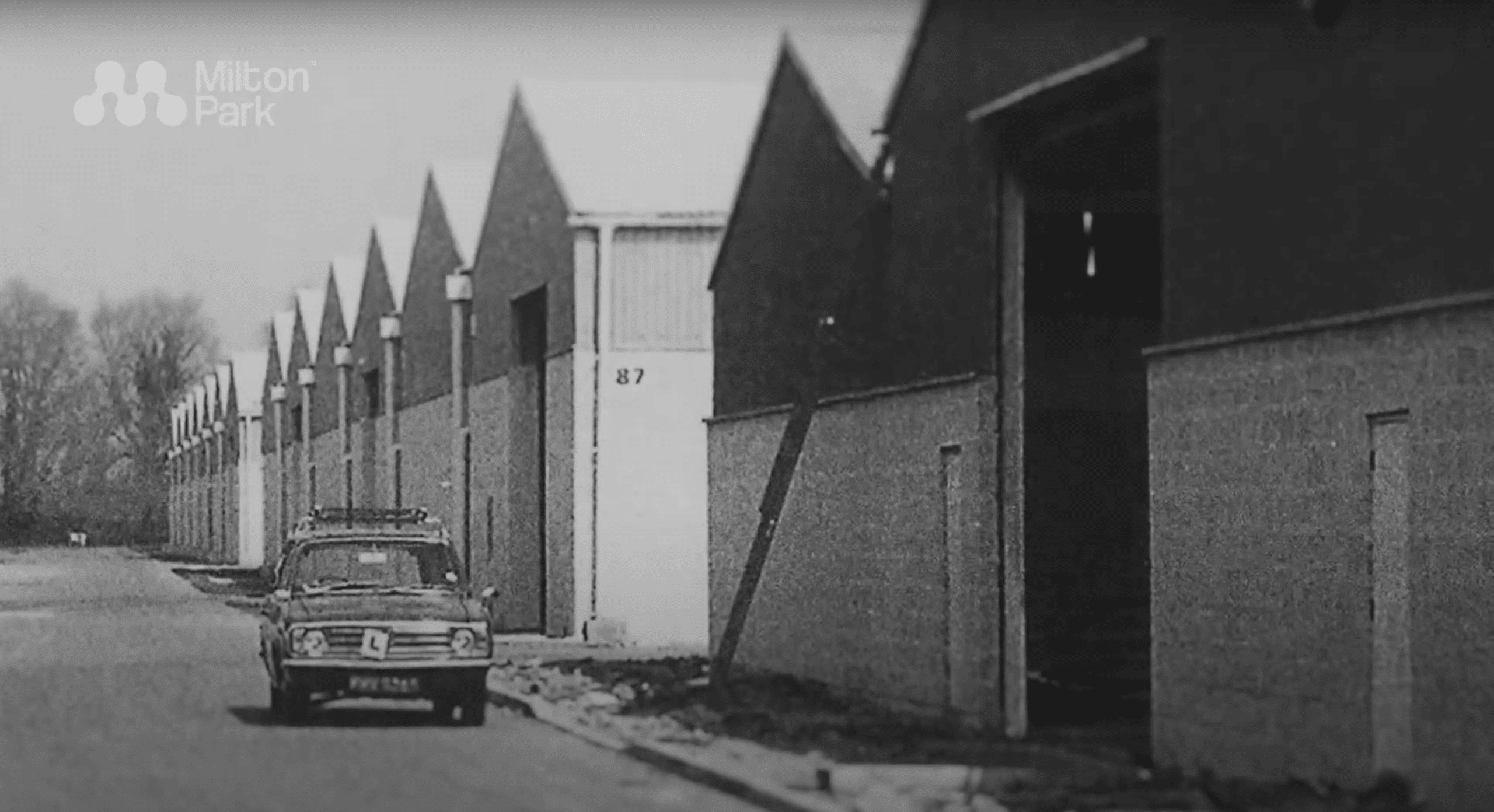
As it was in the 1840s and 1940s, Milton Park remains vital to the UK economy to this day, but it’s now known for the inspiring innovation and advances from its occupiers, making the innovation community one of the largest of its kind in Europe under single ownership.
The land was used by the military for decades before it became a distribution and storage hub and was later sold to MEPC in 1985. In 1988 the management team at MEPC made a strategic decision to support emergent life science businesses and Oxford University spinouts, given the region’s concentration of R&D and access to world-class talent.
From spinouts to ‘unicorns’
One such enterprise, the biotech Oxford Asymmetry International, grew rapidly before it was bought by Evotec. Today, the drug discovery and development ‘unicorn’ is one of the Park’s largest occupiers, alongside Adaptimmune and Immunocore. Now Nasdaq-listed, the companies also started life as Oxford University spinout Avidex.
All three started life in the war-time buildings and, in an echo to their wartime forebears, set their sights on the frontline of drug discovery, fighting a war on disease and cancer.
A signal to the future
Taking inspiration from the visionary predecessors who brought the railways through the region, Milton Park is once again creating connections and the conditions to attract some of the most exciting companies, realising its 2040 Vision as a research and innovation district.
Today, Milton Park companies have secured over 7% of the UK’s total life science investment, £2.14bn of equity investment generated across 272 occupiers over the past decade.
Whether it’s Evotec making pioneering advances in life-saving drug treatments, Emergex developing T-cell vaccines or Tokamak Energy making strides in fusion energy technology, the cutting-edge work of Milton Park’s occupiers is evidence that a bright future lies ahead.
Looking ahead to the coming decades, a key part of the 2040 Vision is to create ‘spatial alchemy’, sparking innovation through chance encounters and collaboration, creating a place where life and work come together.
The new amenity vision at Signal Yard or the £40m development of Nebula are testament to the 2040 Vision, which sets out plans for how Milton Park will grow over the next 20 years, creating 10,000 new jobs across new, flexible innovation space.
As we bid farewell to the wartime structures, which have witnessed countless breakthroughs and innovations, we want to commemorate their legacy and the invaluable contributions of the individuals and organisations that have graced their halls, whether in war or peacetime.

